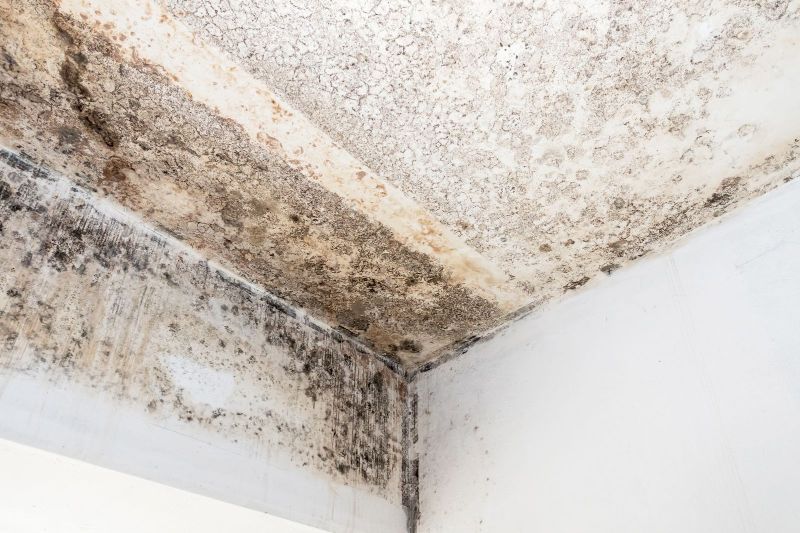Mold is a common problem that affects many homes and buildings. It's a type of fungus that grows in damp environments and can cause serious health risks if left untreated. If you suspect that your property has a mold problem, it's important to take action immediately. In this blog, we will discuss mold remediation, including the risks associated with mold and how to deal with them.
Understanding the Risks of Mold
Mold is a health hazard that can cause serious respiratory problems, allergic reactions, and other health issues. The health risks associated with mold are especially dangerous for young children, the elderly, and those with pre-existing health conditions. The longer mold is left untreated, the greater the health risks become.
Mold can also cause structural damage to a building. It can weaken walls, floors, and ceilings, and can eventually lead to costly repairs. In addition, mold can cause a musty odor that can be difficult to remove.
Mold Remediation Process
The mold remediation process involves identifying and removing the mold from a property. Here are the basic steps involved in the process:
- Mold Inspection: The first step in mold remediation is to identify the source of the mold. A professional mold inspector will conduct a thorough inspection of the property to determine the extent of the mold problem.
- Mold Testing: Once the source of the mold has been identified, samples may be taken to determine the type and extent of the mold. This information is used to develop a plan of action for remediation.
- Containment: The area affected by mold is isolated to prevent the spread of spores to other areas of the property. This is done by creating a physical barrier around the affected area and by using negative air pressure to prevent spores from escaping.
- Mold Removal: The mold is physically removed from the affected area. This is typically done by scrubbing and disinfecting the area with specialized equipment and chemicals.
- Drying: After the mold has been removed, the affected area is dried thoroughly to prevent further mold growth.
- Restoration: Finally, any damaged materials are repaired or replaced, and the area is restored to its pre-damaged state.
DIY Mold Remediation vs. Professional Mold Remediation
While it may be tempting to try to handle mold remediation on your own, it's important to understand the risks associated with DIY mold remediation. Mold spores can easily become airborne, spreading to other areas of the property and increasing the risk of health problems. In addition, improper removal of mold can lead to further mold growth and increased structural damage.
Professional mold remediation is the safest and most effective way to deal with a mold problem. Professional mold remediation companies have the equipment and expertise necessary to safely and effectively remove mold from a property. They also have the training and experience necessary to handle any unexpected issues that may arise during the remediation process.
Preventing Mold Growth
The best way to deal with mold is to prevent it from growing in the first place. Here are some tips for preventing mold growth in your home:
- Keep your home dry: Mold thrives in damp environments, so it's important to keep your home dry. Repair any leaks immediately, and use a dehumidifier to reduce humidity levels.
- Ventilate: Proper ventilation can help prevent mold growth. Use exhaust fans in bathrooms and kitchens, and open windows when weather permits.
- Clean regularly: Regular cleaning can help prevent mold growth. Use a mold-killing cleaner to clean surfaces in bathrooms and kitchens, and vacuum and dust regularly.
- Check for water damage: Water damage can lead to mold growth, so it's important to check for water damage regularly. Inspect roofs, walls, and floors for any signs of water damage, and repair any issues as soon as possible.
- Use mold-resistant products: When building or renovating your home, consider using mold-resistant materials such as drywall, paint, and insulation.
Mold is a serious problem that can affect the health of those living in a mold-infested property. If you suspect that your property has a mold problem, it's important to take action immediately to prevent further health risks and property damage. Professional mold remediation is the safest and most effective way to deal with a mold problem, and prevention is key to avoiding future mold growth. By following the tips outlined in this blog, you can help keep your home mold-free and safe for you and your family.

